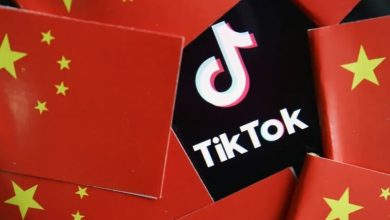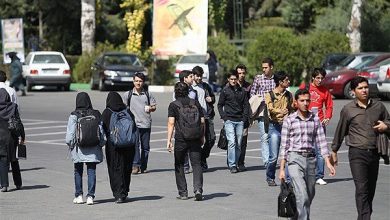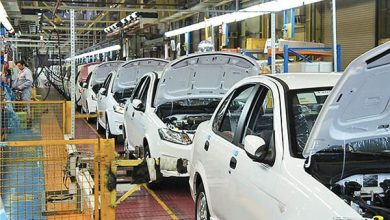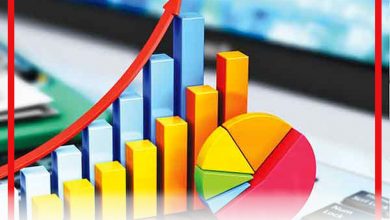
In its latest report on the state of the world economy, the Iranian Chamber of Commerce discussed China’s economic growth and mentioned exports as the trump card.
According to correspondents, senior Chinese government officials announced that they are not only considering flooding foreign markets with Chinese products and exports, but also want to make more investments to boost industries and improve domestic trade; But economists believe that the experience of other economies involved in the consumer spending crisis has shown that a wave of Chinese exports is on the way.
Relying on exports to improve economic growth is a tried and tested formula for China. Beijing also uses its currency, the yuan, as leverage. The 7% decline in the yuan’s exchange rate against the dollar until mid-January of this year lowered the cost of purchasing Chinese goods for buyers from other countries.
The Chinese economy is currently facing serious crises such as the housing and construction crisis and the local government debt crisis. According to some economists, the solution to the economic crisis is to increase exports. Thailand and many Southeast Asian countries in 1397 and 1398, Ireland and Spain in 2008 and 2009 also increased to escape the economic crisis. However, for China, this approach could create political backlashes among countries that were already worried about an explosion of Chinese commodity exports in their markets; Feedback that could cost workers jobs and company shares.
In Europe, one of China’s main markets, officials and business leaders have shown they are wary of increasing trade with China as they struggle to deal with the influx of Chinese cars into the region. On the other hand, the economic partnership between China and Russia, a country criticized by Europe for starting a war with Ukraine, has made Europe wary about relying on China.
To counter this problem, China has increased its exports to Southeast Asian countries, which process Chinese goods and export them to Europe. But there is another practical challenge for China. China’s trade surplus of manufactured goods is very high and equal to one-tenth of the entire Chinese economy. This issue could create limits to Chinese economic growth. Also, economic growth could be challenging right now as some of China’s largest exporters are grappling with a number of problems, including falling demand, after interest rates were raised to curb inflation.
But the depreciation of the Chinese currency against the dollar could increase exports. The recent efforts of the Chinese government also indicate that the government is not only trying to improve foreign trade, but also focused on improving trade within China. Economic experts believe that although an increase in China’s exports could lead to political risks, the country has enough room to develop its exports in one area: new technologies.
Penetrating into the electric vehicle market, China has quadrupled its vehicle exports in two years and reached more than $6 billion per month. The value of China’s auto exports exceeded the value of mobile phone exports for the first time last month.
Clean energy is another new field that has boosted China’s exports. China’s solar panel exports have tripled over the past three years and reach nearly $5 billion per month. While producers in North America, the European Union and other parts of the world increase their production in this area, China’s exports will continue to grow.
the end of the letter










